- Joined
- May 17, 2006
- Messages
- 4,290
Anyone who has ever hiked/camped with me knows how extreme I am when it comes to backpacking/hiking/camp gear weight. For years I have modified existing gear and then eventually started making my own quilts and beanies.
Bag
My usual Daypack is a Gossamer Gear RikSak (2 ounces). I keep my 2L Platty in there, a small folding saw, a light cook-can, gloves, and food/snacks.

Cook gear

I use either a Fosters Beer can or small size Heineken Beer can for boiling water for making rice or mashed potatoes, and coffee. The Fosters is rigid compared to regular soda cans. I use a Goodcook safety can opener to remove the top without leaving any sharp edges, and it also makes a perfect pot lid. The weight on my old MSR Titan Titanium kettle was 4 ounces with lid. The Fosters is about .5 ounces (with lid). I used a hole puncher and added a wire hanger as a bale. The smallest boiler I use is a Heineken, which is hard to get a reading on the weight because it doesnt register much. When the top is removed with a safety can opener it leaves the ring at the top intact, making it rigid for use as a cup. When full, its enough water to rehydrate packaged rice, mashed potatoes or pasta. Extreme lightness is achieved by using either one and is usually just the right amount of water capacity.
Super Cat Alcohol Stove is used when I am not going to have an open fire or just want a quick boil for coffee or rice. It is a Fancy Feast cat food can, with about 16n holes punched in the top. I use denatured alcohol as fuel, but many other types will work. Lots of backpackers use HEET. It weighs.25 ounces and holds about 1 ounce of fuel, which will boil water super-fast. It burns out clean and dry. If I am going to have an open fire, I forgo the Super Cat.
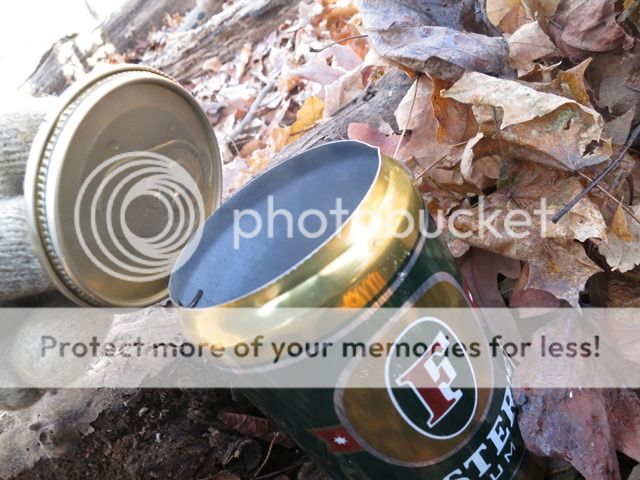
Food-Craft
Small fire can be done by gathering sticks, not necessarily chopping everything.

The fuzz sticks are mimicking the natural tinder on the right (poplar bark) so they need to be thin enough to catch a spark.

Im from the Mors Kochanski school of thoughthaving at least three good fuzz sticks nearby as kindling or for use as tinder before making a fire.

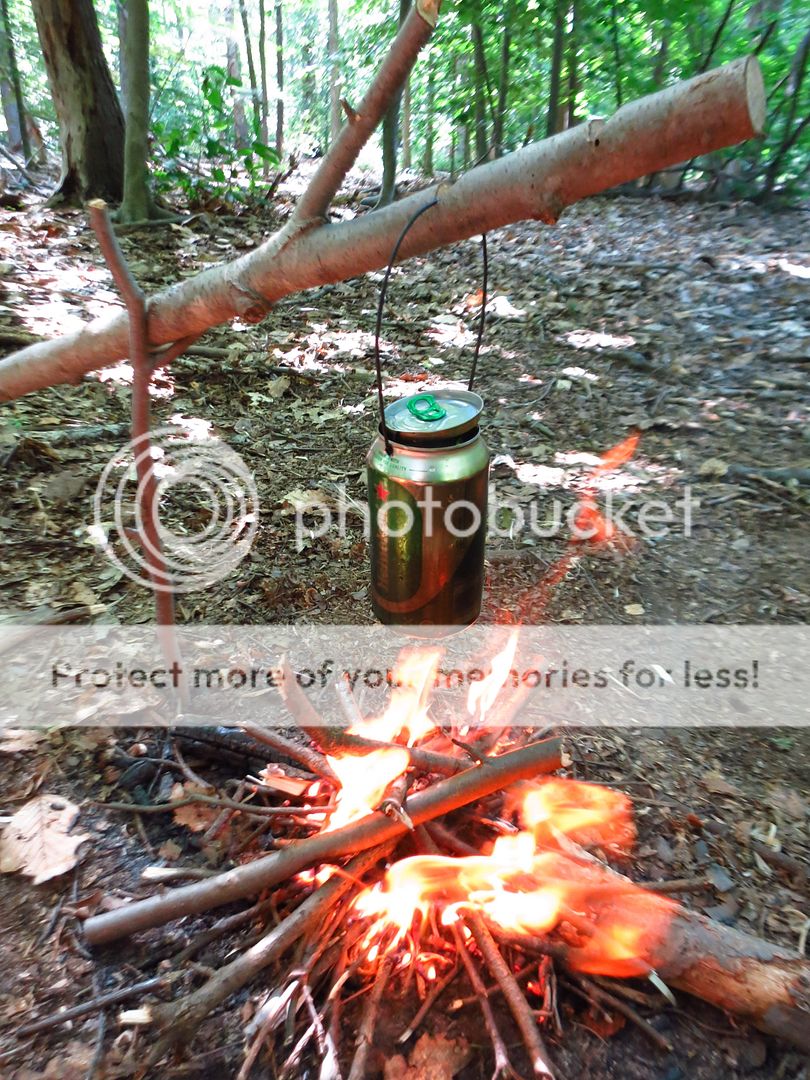
Light Food ideas that only need water
Cut package sideways to make it easier to eat.
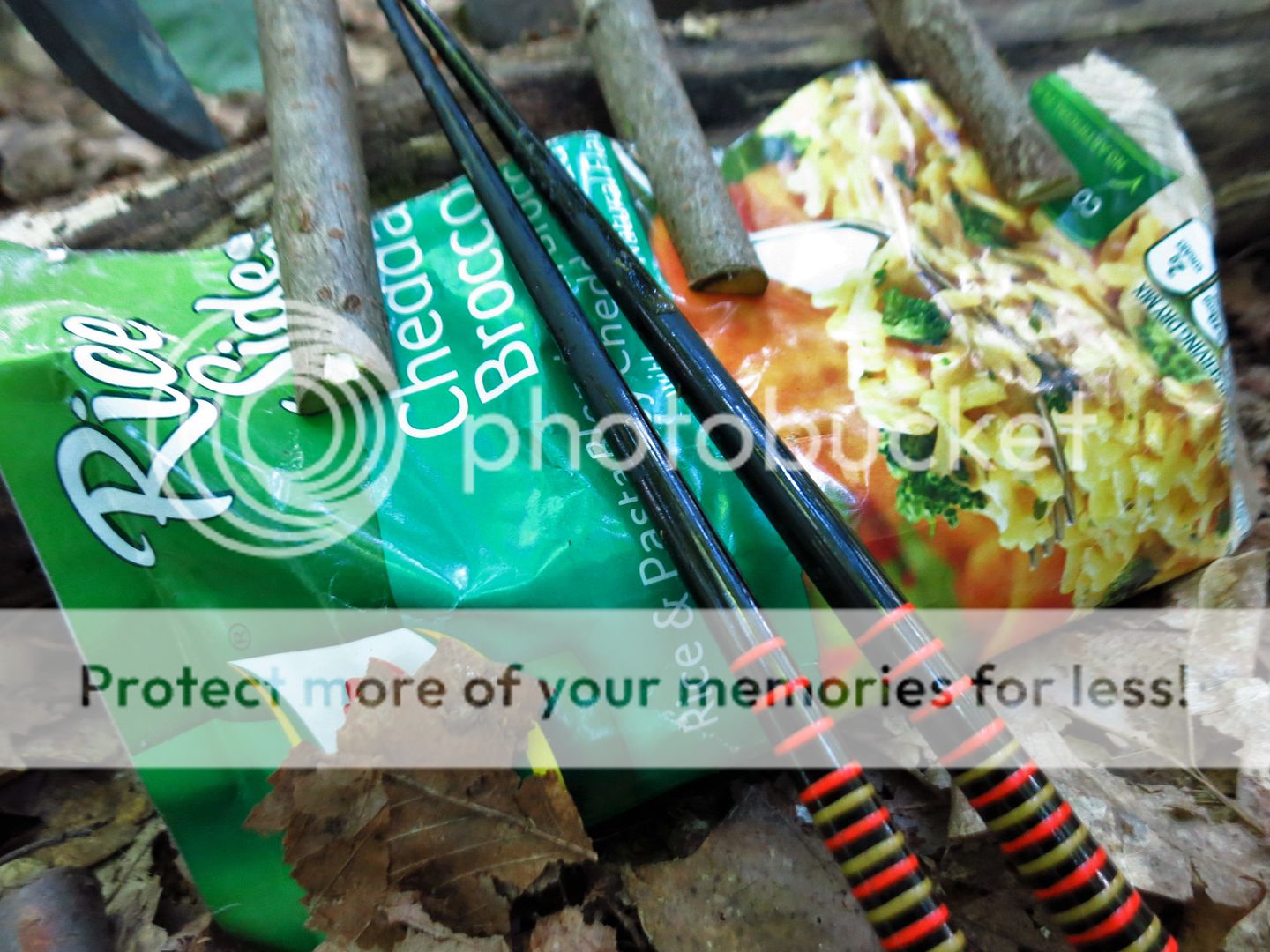
The split wood pegs will clamp the package closed to keep in the heat while it rehydrates the rice. Light batoning with the knife after sawing the green wood was all it took for this little trick. It can also be used to secure tarps, plastic and space blankets to a ridgeline.

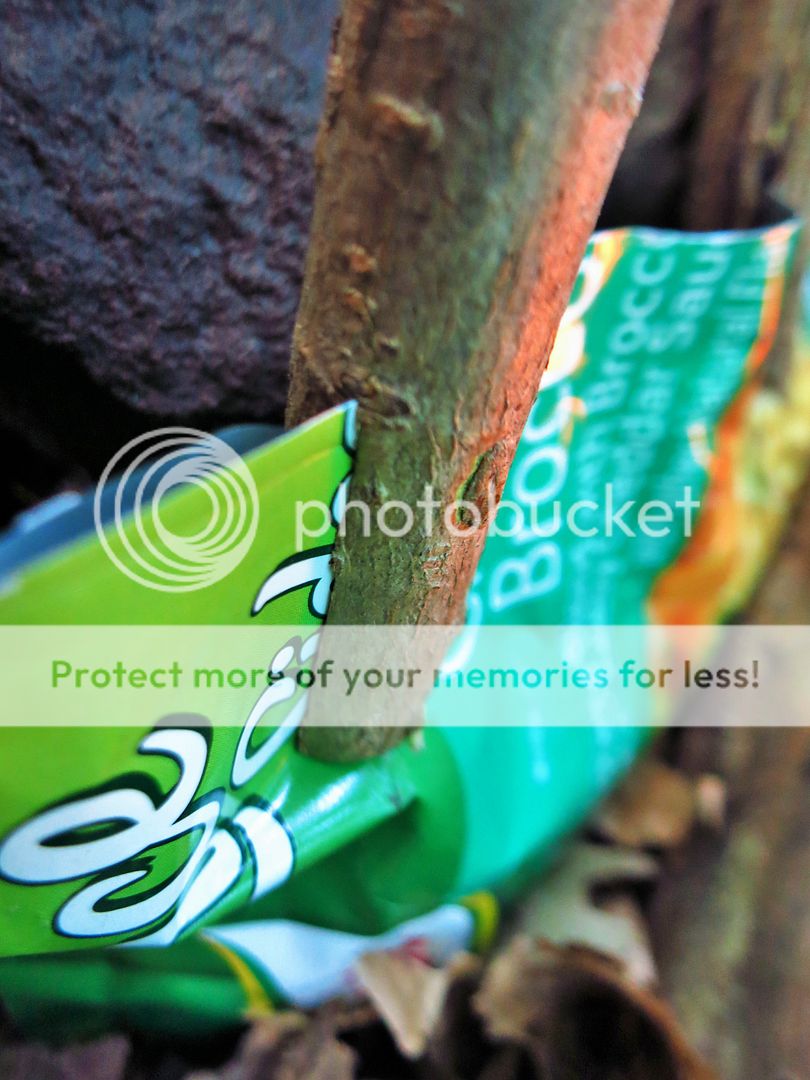
Support bar with variable notches can be easily done with a small knife or saw
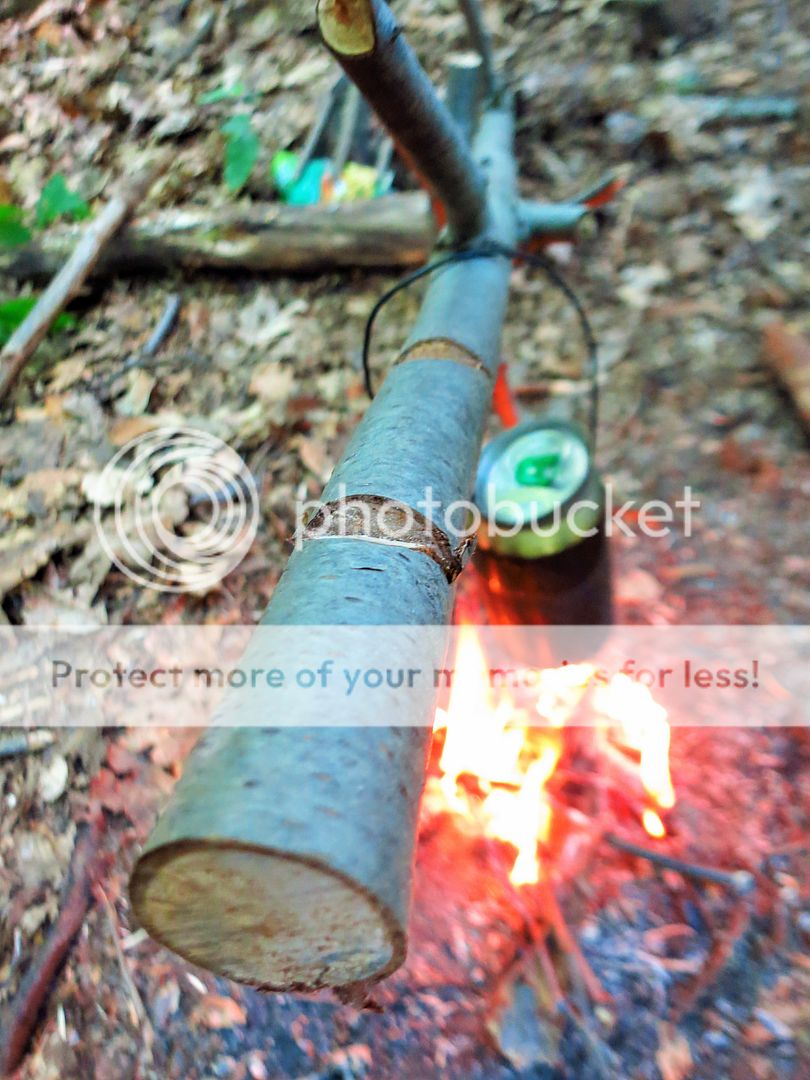
Having spent a lot of time over the last 8 years in Asia, I used chopsticks a lot. Last year, in Japan I used chopsticks for one month straight and didnt even have the option of a spoon or fork. It makes sense though; bamboo chopsticks are lighter than any titanium spoon out there. They are the simplest way to eat, short of using your hands. Food can be picked up or poked with chopsticks.

Ultralight Tools

For quick day hikes I dont do much chopping for two reasons:
-It saves weight not bringing a chopping tool (axe/hawk/ hatchet/machete) while hiking
-Theres already an abundance of wood, so I dont need to chop

Every size stick needed for a fire is here everywhere. Where is the need to chop?
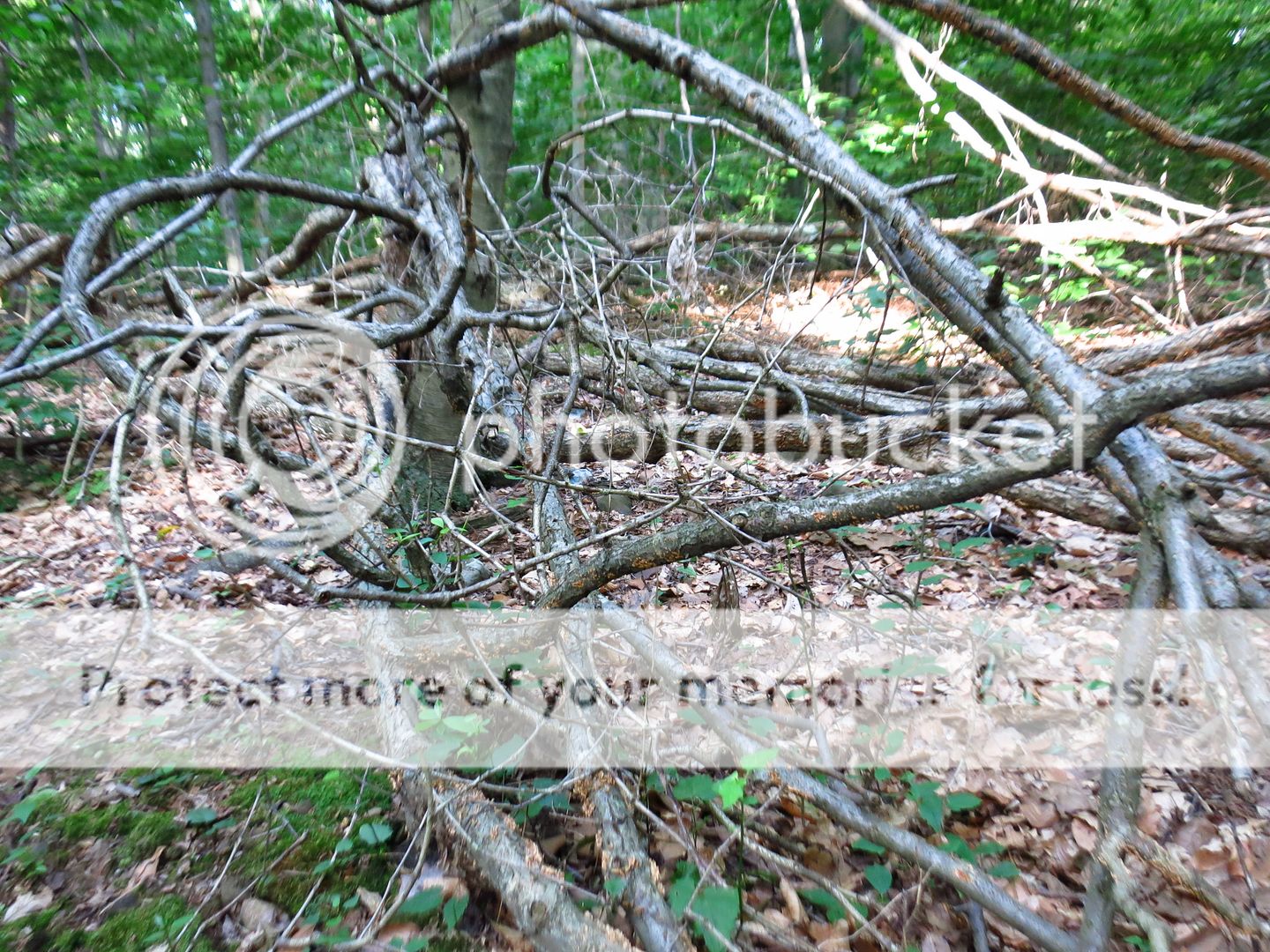
Most everything I have ever done in survival classes and camping requires wood from pencil lead thickness, pencil thickness, finger thickness, and then up to wrist size. A small saw can easily handle that task. Anything thicker is fuel and can get thrown on as is. I like to use an old Fiskars (made in Finland) saw that has a 7 blade and is retractable. Ive had it for about 10 years and it is the lightest saw I have ever seen in that size. Also, it was $10 in 2005. I use a knife for food prep, cutting green and dry sticks for making stakes to anchor down support poles used to suspend pots and roasting sticks. Trap notches (fun camp-craft activity) and fire preparation can all be done with a thin, light, super sharp blade, and done even better than using a thick beveled blade. I cross-grain baton green wood for pot hooks and trap parts, but usually on wood that is no thicker than a broom stick. This is not considered heavy-use, but practical-use. I dont do a lot of wood batoning and most woodsmen I know dont do it either. They just use smaller diameter sticks in a fire until they can burn the larger pieces. Unless I am sleeping next to a long-fire, I dont use big logs, just broomstick-thick up to wrist thickness. All this can be done with a rat tail/stick tang knife easily. Truthfully, most wood found in the forest can be easily processed with hands and feet, so work gloves are always good to have.
I always have a SAK Hiker or Huntsman (on long travel trips) as my base gear.
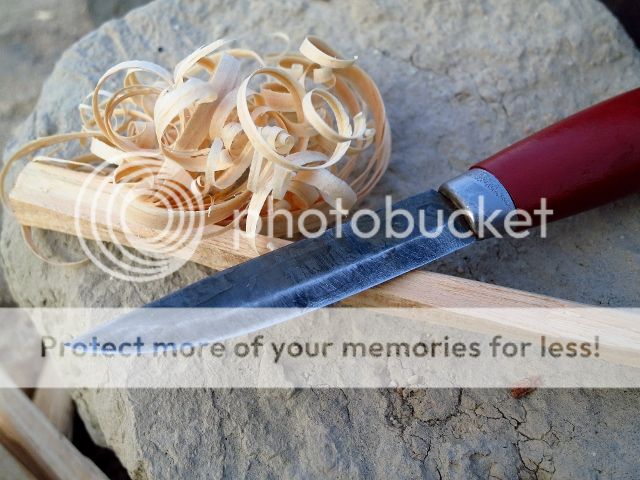

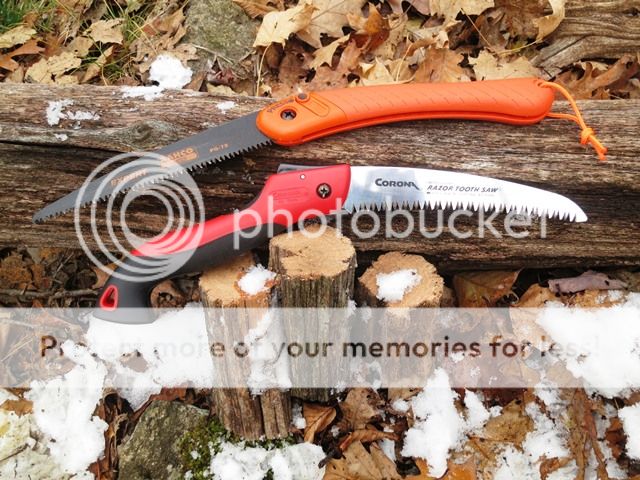

Possibles Pouch
Most of my important gear is in the possibles pouch. I hate things in my pockets. Having them in a pouch means I can set my pack down and scout around knowing I have all my important gear on me. When backpacking, it is way easier to take one thing off at night before turning in. It has all my necessary things for fire, flashlight, water purification, and signaling.


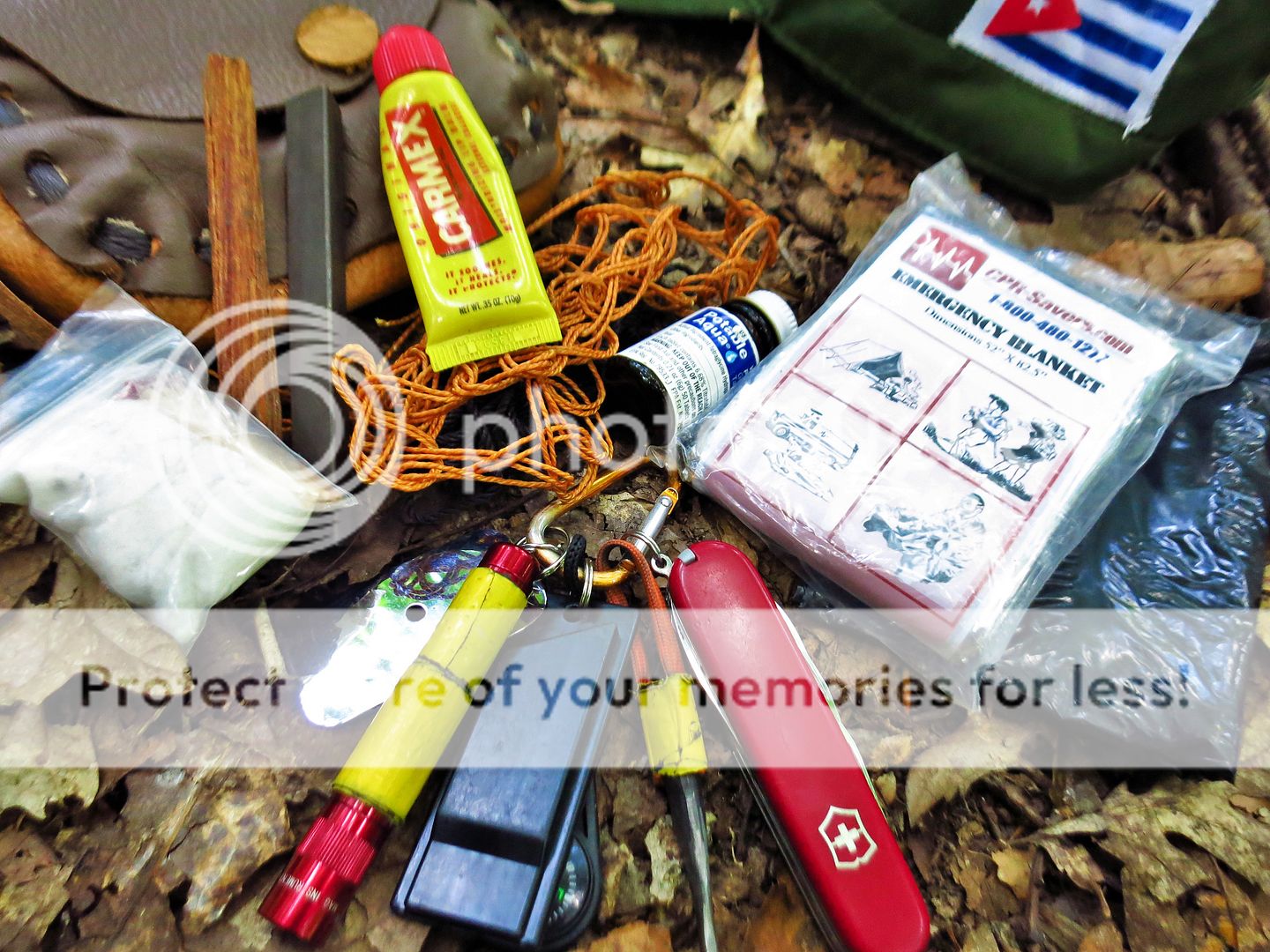

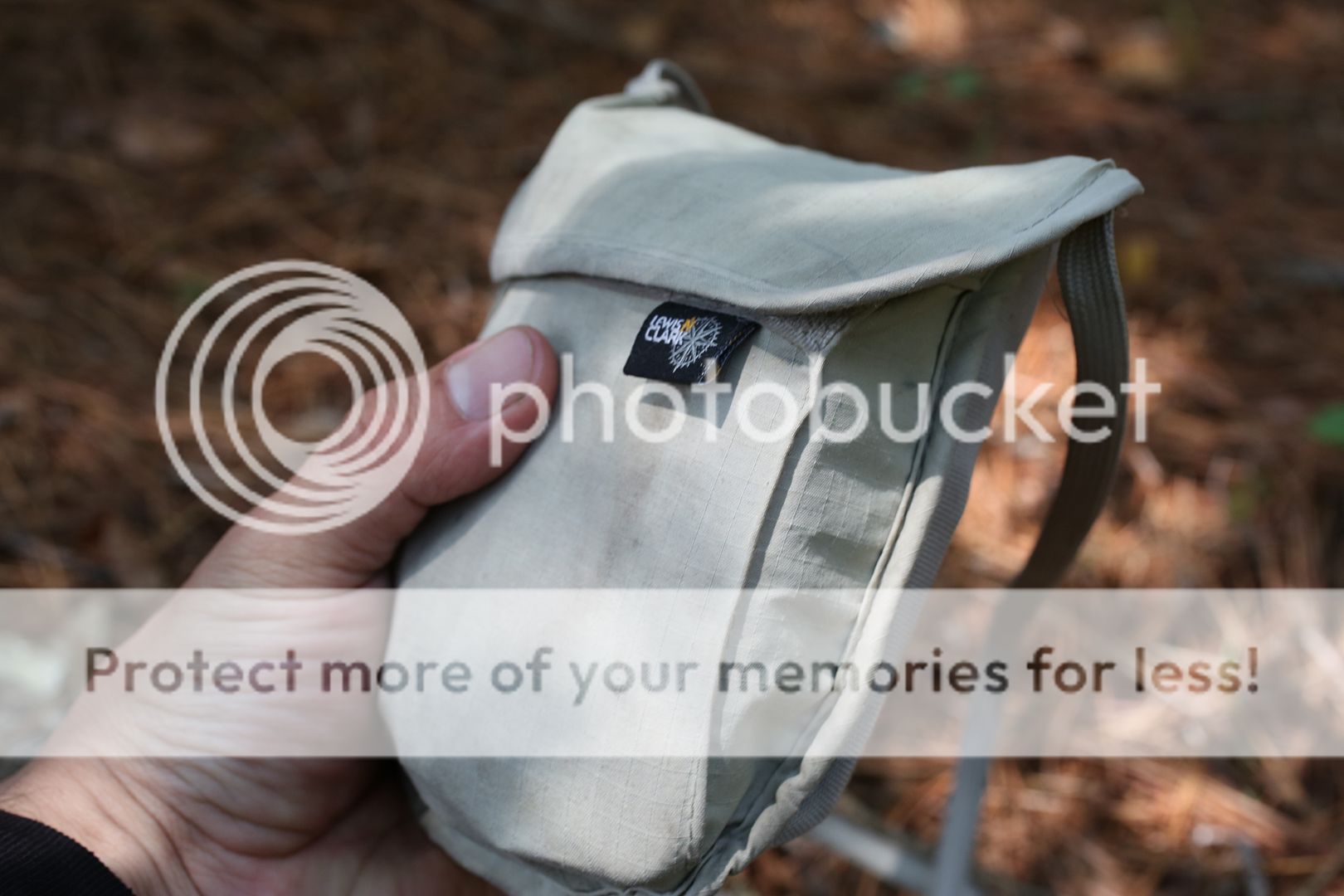
Wine Berry
Still not ready yet.

Bag
My usual Daypack is a Gossamer Gear RikSak (2 ounces). I keep my 2L Platty in there, a small folding saw, a light cook-can, gloves, and food/snacks.

Cook gear

I use either a Fosters Beer can or small size Heineken Beer can for boiling water for making rice or mashed potatoes, and coffee. The Fosters is rigid compared to regular soda cans. I use a Goodcook safety can opener to remove the top without leaving any sharp edges, and it also makes a perfect pot lid. The weight on my old MSR Titan Titanium kettle was 4 ounces with lid. The Fosters is about .5 ounces (with lid). I used a hole puncher and added a wire hanger as a bale. The smallest boiler I use is a Heineken, which is hard to get a reading on the weight because it doesnt register much. When the top is removed with a safety can opener it leaves the ring at the top intact, making it rigid for use as a cup. When full, its enough water to rehydrate packaged rice, mashed potatoes or pasta. Extreme lightness is achieved by using either one and is usually just the right amount of water capacity.
Super Cat Alcohol Stove is used when I am not going to have an open fire or just want a quick boil for coffee or rice. It is a Fancy Feast cat food can, with about 16n holes punched in the top. I use denatured alcohol as fuel, but many other types will work. Lots of backpackers use HEET. It weighs.25 ounces and holds about 1 ounce of fuel, which will boil water super-fast. It burns out clean and dry. If I am going to have an open fire, I forgo the Super Cat.

Food-Craft
Small fire can be done by gathering sticks, not necessarily chopping everything.

The fuzz sticks are mimicking the natural tinder on the right (poplar bark) so they need to be thin enough to catch a spark.

Im from the Mors Kochanski school of thoughthaving at least three good fuzz sticks nearby as kindling or for use as tinder before making a fire.


Light Food ideas that only need water
Cut package sideways to make it easier to eat.

The split wood pegs will clamp the package closed to keep in the heat while it rehydrates the rice. Light batoning with the knife after sawing the green wood was all it took for this little trick. It can also be used to secure tarps, plastic and space blankets to a ridgeline.


Support bar with variable notches can be easily done with a small knife or saw

Having spent a lot of time over the last 8 years in Asia, I used chopsticks a lot. Last year, in Japan I used chopsticks for one month straight and didnt even have the option of a spoon or fork. It makes sense though; bamboo chopsticks are lighter than any titanium spoon out there. They are the simplest way to eat, short of using your hands. Food can be picked up or poked with chopsticks.

Ultralight Tools

For quick day hikes I dont do much chopping for two reasons:
-It saves weight not bringing a chopping tool (axe/hawk/ hatchet/machete) while hiking
-Theres already an abundance of wood, so I dont need to chop

Every size stick needed for a fire is here everywhere. Where is the need to chop?

Most everything I have ever done in survival classes and camping requires wood from pencil lead thickness, pencil thickness, finger thickness, and then up to wrist size. A small saw can easily handle that task. Anything thicker is fuel and can get thrown on as is. I like to use an old Fiskars (made in Finland) saw that has a 7 blade and is retractable. Ive had it for about 10 years and it is the lightest saw I have ever seen in that size. Also, it was $10 in 2005. I use a knife for food prep, cutting green and dry sticks for making stakes to anchor down support poles used to suspend pots and roasting sticks. Trap notches (fun camp-craft activity) and fire preparation can all be done with a thin, light, super sharp blade, and done even better than using a thick beveled blade. I cross-grain baton green wood for pot hooks and trap parts, but usually on wood that is no thicker than a broom stick. This is not considered heavy-use, but practical-use. I dont do a lot of wood batoning and most woodsmen I know dont do it either. They just use smaller diameter sticks in a fire until they can burn the larger pieces. Unless I am sleeping next to a long-fire, I dont use big logs, just broomstick-thick up to wrist thickness. All this can be done with a rat tail/stick tang knife easily. Truthfully, most wood found in the forest can be easily processed with hands and feet, so work gloves are always good to have.
I always have a SAK Hiker or Huntsman (on long travel trips) as my base gear.




Possibles Pouch
Most of my important gear is in the possibles pouch. I hate things in my pockets. Having them in a pouch means I can set my pack down and scout around knowing I have all my important gear on me. When backpacking, it is way easier to take one thing off at night before turning in. It has all my necessary things for fire, flashlight, water purification, and signaling.





Wine Berry
Still not ready yet.

Last edited:

